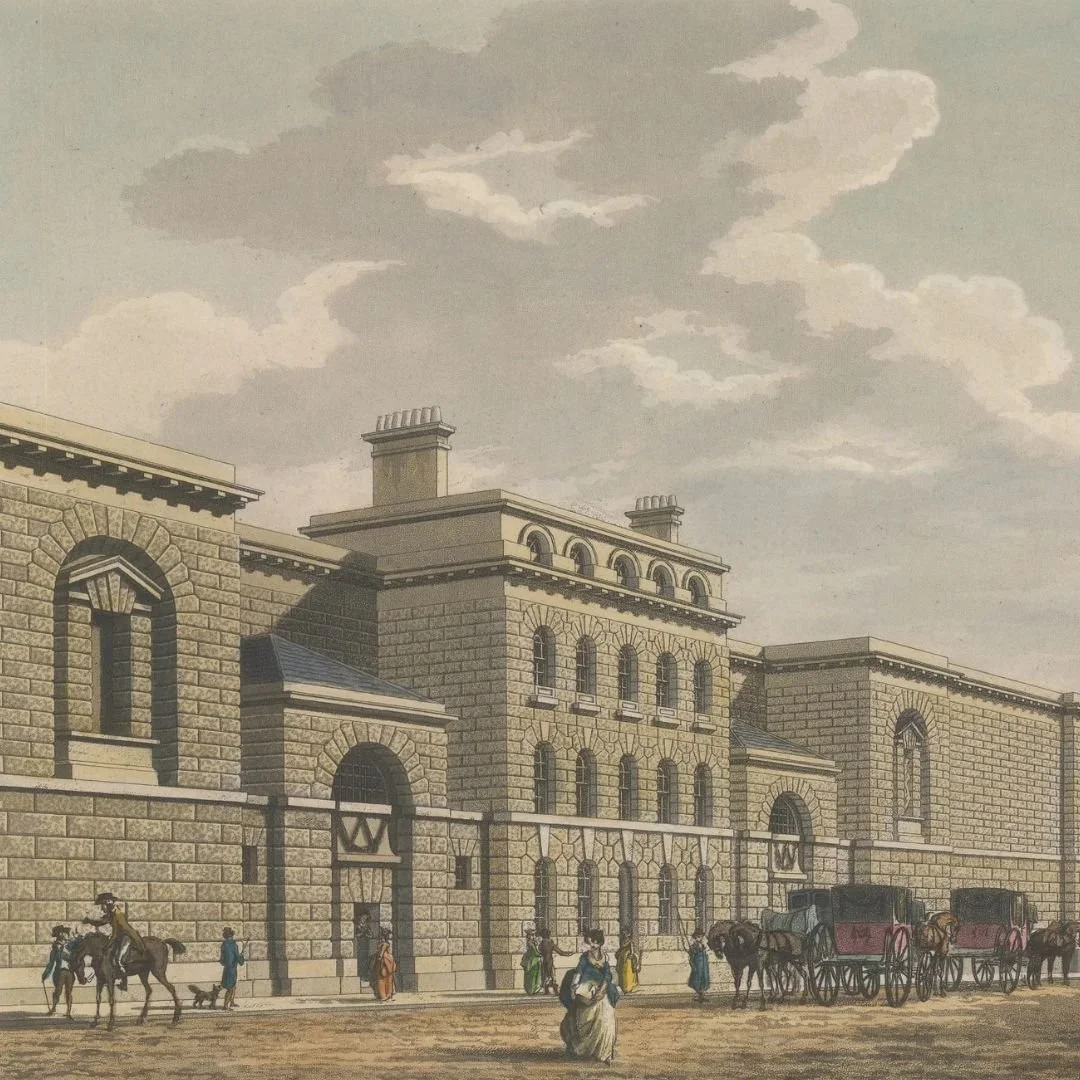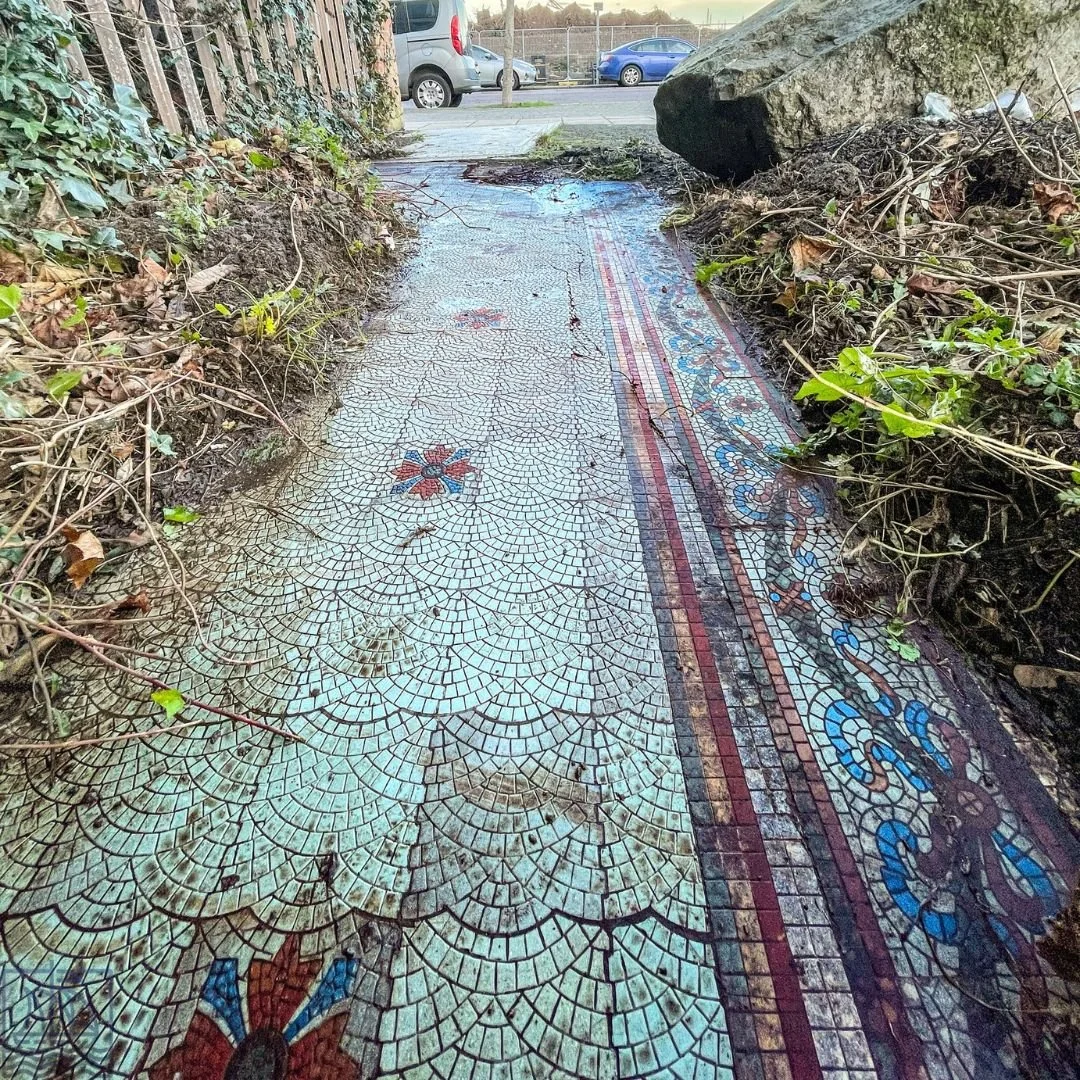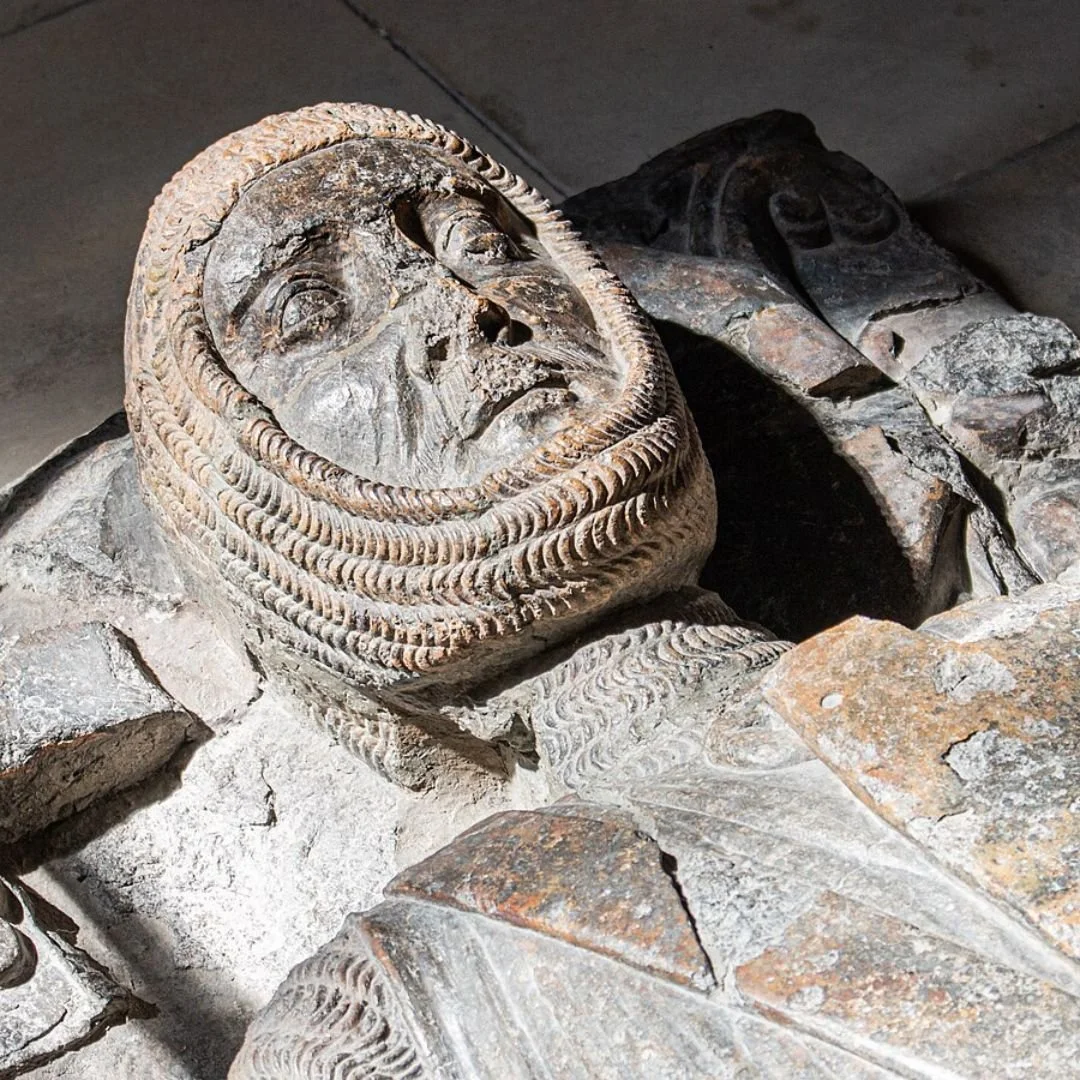Newgate Prison, London: Grimmest Prison In English History
Newgate Prison, London was one of the grimmest in English history.
For more than seven centuries, it was one of the most feared places in Britain - a symbol of misery, corruption and public vengeance.
The prison served as a place of incarceration for more than 700 years, from 1188 to 1902, before being demolished in 1904.
Conditions were so horrific that many inmates died before trial, and it became infamous for its public hangings.
Newgate’s story began around 1188, when Henry II ordered the city’s western gatehouse to be converted into a prison.
Positioned at the entrance to London near what is now Old Bailey, it was rebuilt and expanded multiple times over the years.
Despite these renovations, it remained an overcrowded and disease ridden dungeon, right up until its closure in 1902.
By the 18th century, it was the largest prison in London, and certainly the most notorious - to call Newgate unpleasant would be an understatement.
Prisoners lived in filth, often crammed together in unventilated, vermin-infested rooms.
Disease was rife. The gaol fever (likely typhus) frequently tore through the prison, killing inmates and, occasionally, even judges and jurors at the Old Bailey next door.
Original door from Newgate Prison
Furthermore, it housed all types of criminals, from petty thieves who broke into homes or committed highway robberies to those guilty of serious offences like rape and murder.
The prison population for certain crimes often fluctuated, mirroring the public’s fears at the time.
For instance, near the end of Edward I’s reign, street robberies increased, leading to punishments such as 15 days in Newgate for drawing a dagger and 40 days for causing injury.
When prisoners arrived at Newgate, they were chained and taken to dungeons according to their crimes.
Those sentenced to death were held in a cellar beneath the keeper’s house - a foul, open sewer lined with chains designed to break their spirits.
Common debtors were confined to the “stone hall,” while ordinary felons were placed in the “stone hold.”
These dungeons were filthy, dark, and so squalid that even doctors refused to enter.
Lice infested every corner, and jailers often left prisoners chained to the walls to suffer and starve.
Between 1315 and 1316, the coroner investigated 62 deaths at Newgate, reflecting the harsh and deadly conditions that made inmates desperate to escape.
Conditions varied based on money.
If you could pay, you could secure a “master’s side” room — slightly cleaner, with bedding and food.
To earn additional money, guards blackmailed and tortured prisoners.
If you were poor, you were thrown into the “common side,” where you might be chained to the floor, left half-starved, and sleep in your own excrement.
Newgate Execution Bell
Women and children were also kept here, often alongside violent criminals. There was little separation.
For the poorest, survival often meant begging or relying on the charity of visitors, who would throw coins or scraps of food into the cells.
Executions, too, were a source of profit.
Condemned prisoners had to pay the gaolers for irons to be removed before they were hanged. If they couldn’t afford it, they were executed in chains.
Public hangings outside the prison were major social events, drawing huge crowds of locals.
The condemned were paraded through jeering mobs before their deaths at Tyburn or, later, outside Newgate itself.
Vendors sold food, drink, and pamphlets describing the prisoner’s crimes, while pickpockets worked the crowds.
Some historical estimates suggest around 2,000 executions took place there across the centuries.
Michael Barrett was the last person to be publicly hanged outside Newgate Prison, and the final public execution in Great Britain, on 26 May 1868.
After that date, public executions were abolished, and all hangings took place inside Newgate.
Initially, the same mobile gallows were used in the Chapel Yard, but later executions were conducted on a permanent gallows inside a shed built nearby.
Newgate also witnessed violent uprisings - the most infamous was the Gordon Riots of 1780.
During these massive anti-Catholic riots, a mob of nearly 40,000 stormed Newgate, freed hundreds of prisoners, and set the building ablaze.
Gordon Riots of 1780
Contemporary accounts describe scenes of chaos: drunken rioters rampaging through the City, fire consuming the gaol, and prisoners running wild through London’s streets.
The army was called out on 7 June and given orders to fire upon groups of four or more who refused to disperse.
About 285 people were shot dead, with another 200 wounded. Around 450 of the rioters were arrested.
Of those arrested, about twenty or thirty were later tried and executed.
The riots exposed Britain’s struggle with the absence of a professional police force, a concept many rejected as foreign and authoritarian.
Just one day after the unrest began, the Earl of Shelburne surprised many in Parliament by suggesting that Britain should contemplate creating a police force similar to the one in France.
Newgate prison had to be almost entirely rebuilt after the riots.
Other smaller uprisings and escapes happened over the years, but none matched the scale or destruction of 1780.
By the 19th century, social reformers like Elizabeth Fry exposed the prison’s appalling state, especially for women.
She fought for better sanitation, education, and separation of prisoners by gender and crime.
Slowly, conditions improved, but Newgate’s reputation never recovered.
By the late 1800s, London had outgrown Newgate.
In 1902, the prison was finally demolished. Today, only fragments of the old walls remain near the Old Bailey courthouse.
If you enjoyed this blog post, please follow Exploring GB on Facebook for daily travel content and inspiration.
Don’t forget to check out our latest blog posts below!
Thank you for visiting Exploring GB.





















